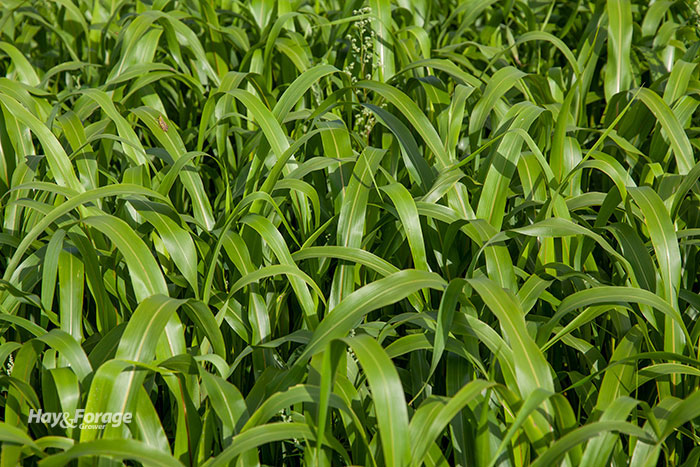
It’s June, and in previous years, this signifies that cool-season forage production has peaked. However, for many farmers this year, that isn’t the case. Cool, cloudy weather this spring has impacted growth rates of forage crops. Depending on how your forages faired through the spring will play a role in your summer grazing management.
Ohio Natural Resources Conservation Service (NRCS) state agronomist and grazing specialist Victor Shelton was featured in the Ohio BEEF Cattle Letter recently and shared information and recommendations about stocking rates and grazing heights for pastures.
“If you are short on forages at the peak of the cool-season forage season, then where will you be when it turns hot and dry?” he asks.
Shelton notes that a shortage of forages this early means your stocking rate is too high. Having the appropriate amount of cattle in a grazing pasture is not only important for cattle health but also forage health.
As mentioned in last week’s eHay Weekly article “Cutting it close,” grasses store energy used for regrowth above ground in stem bases and tillers, which makes stop grazing heights imperative to the regrowth of the pasture forage. For reference, Shelton mentions the stop grazing height is the shortest forage left standing, not the tallest. Most cool-season grasses, like tall fescue and orchardgrass, need a stop grazing height of 3 or 4 inches. If the shortest cool-season forage is left at 4 inches, the rest of the stand will appear taller, close to 6 or 7 inches. Plant growth is also influenced by temperature. In terms of growing degree days, most of Ohio fell behind the mid-May average by at least 20%.
Warm-season grass annuals and perennials can help fill the summer slump period when cool-season forages really slow down. Even though these species thrive in hot, dry conditions, the stop grazing height should be no shorter than 6 inches.
If you are thinking about planting sorghum-sudangrass or millets, now is the time to do it. Intended for summer grazing, it is best to seed these forages in early June. Shelton explains, “Brown midrib (BMR) varieties offer higher energy and are certainly placed higher in desirability by grazing livestock than non-BMR varieties.”
The grazing specialist recommends that at least 15% or more of your grazing system should include warm-season perennials. If you graze the warm-season species in the heat of summer, your cool-season forages are getting the much-needed rest to continue providing grazing opportunities. Rotating pastures quickly helps to keep pastures under control, but clipping may sometimes be necessary. Mowing and baling some paddocks for hay is also an option for areas that are growing too far ahead of the livestock rotation. Remember not to be too aggressive in your efforts, though.

C.J. Weddle is serving as the 2020 Hay & Forage Grower editorial intern. She currently attends Mississippi State University, majoring in agricultural education, leadership, and communications. She grew up on a farm in Vardaman, Miss., where her family raises sweet potatoes and soybeans.

